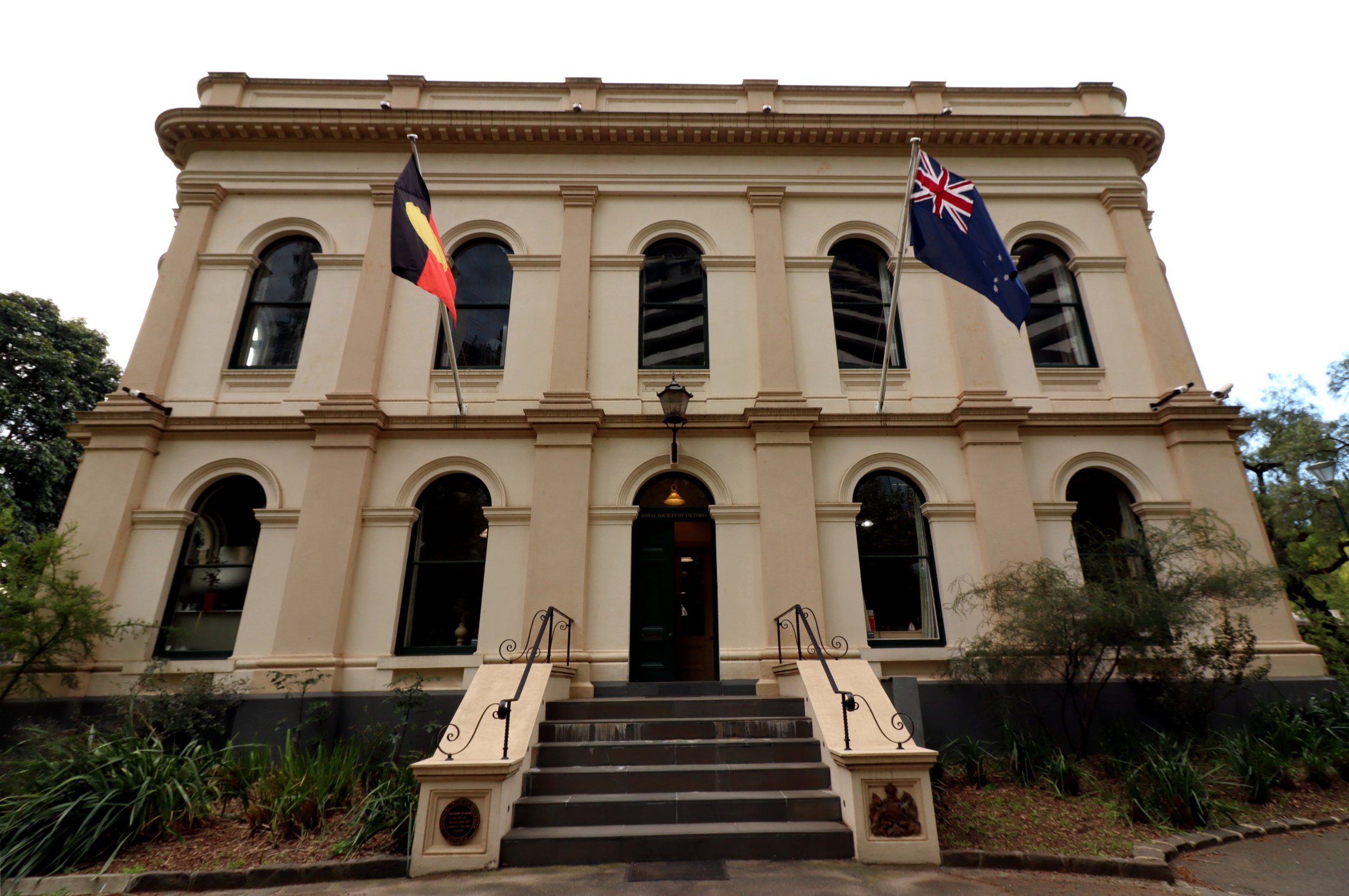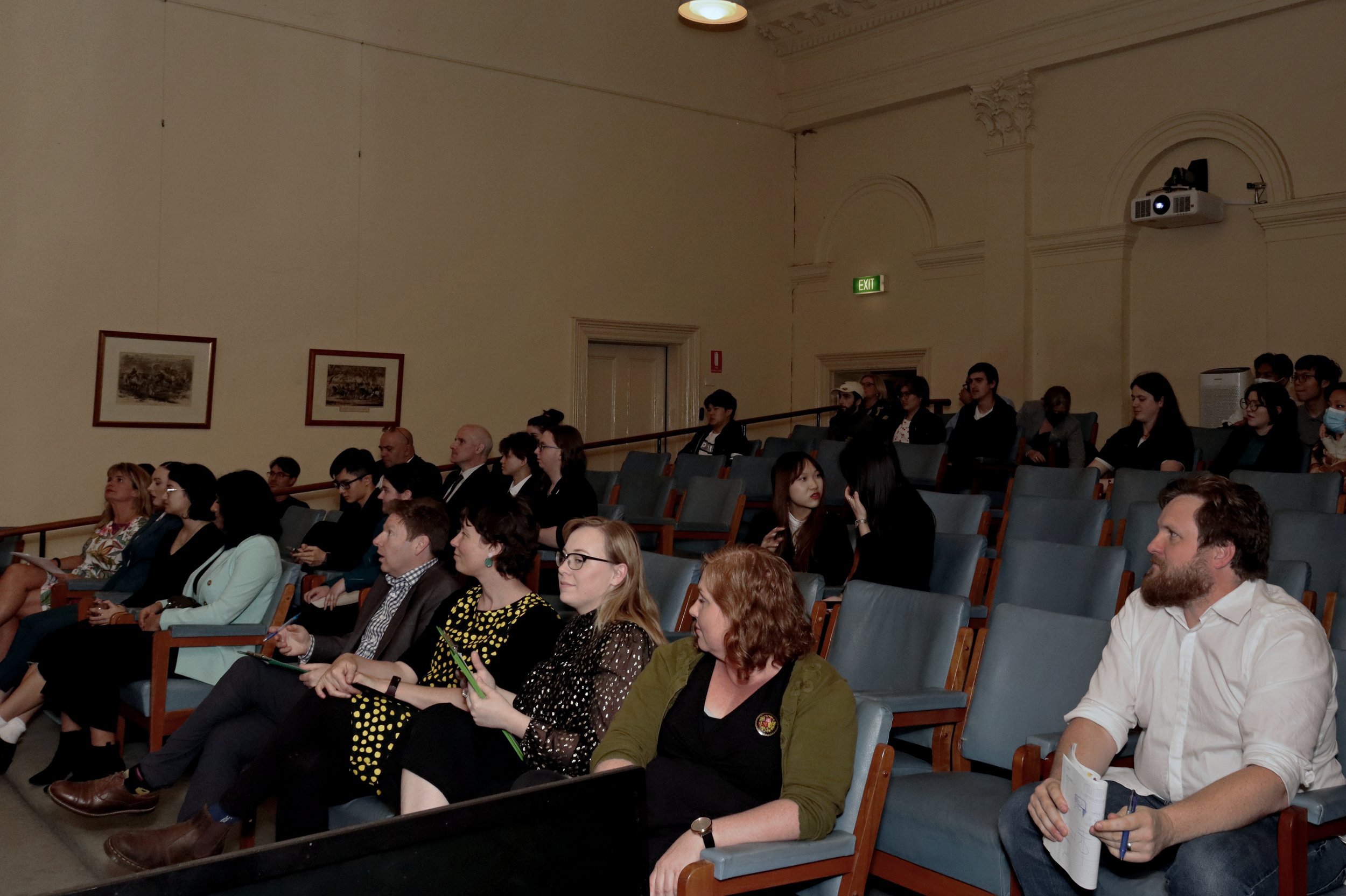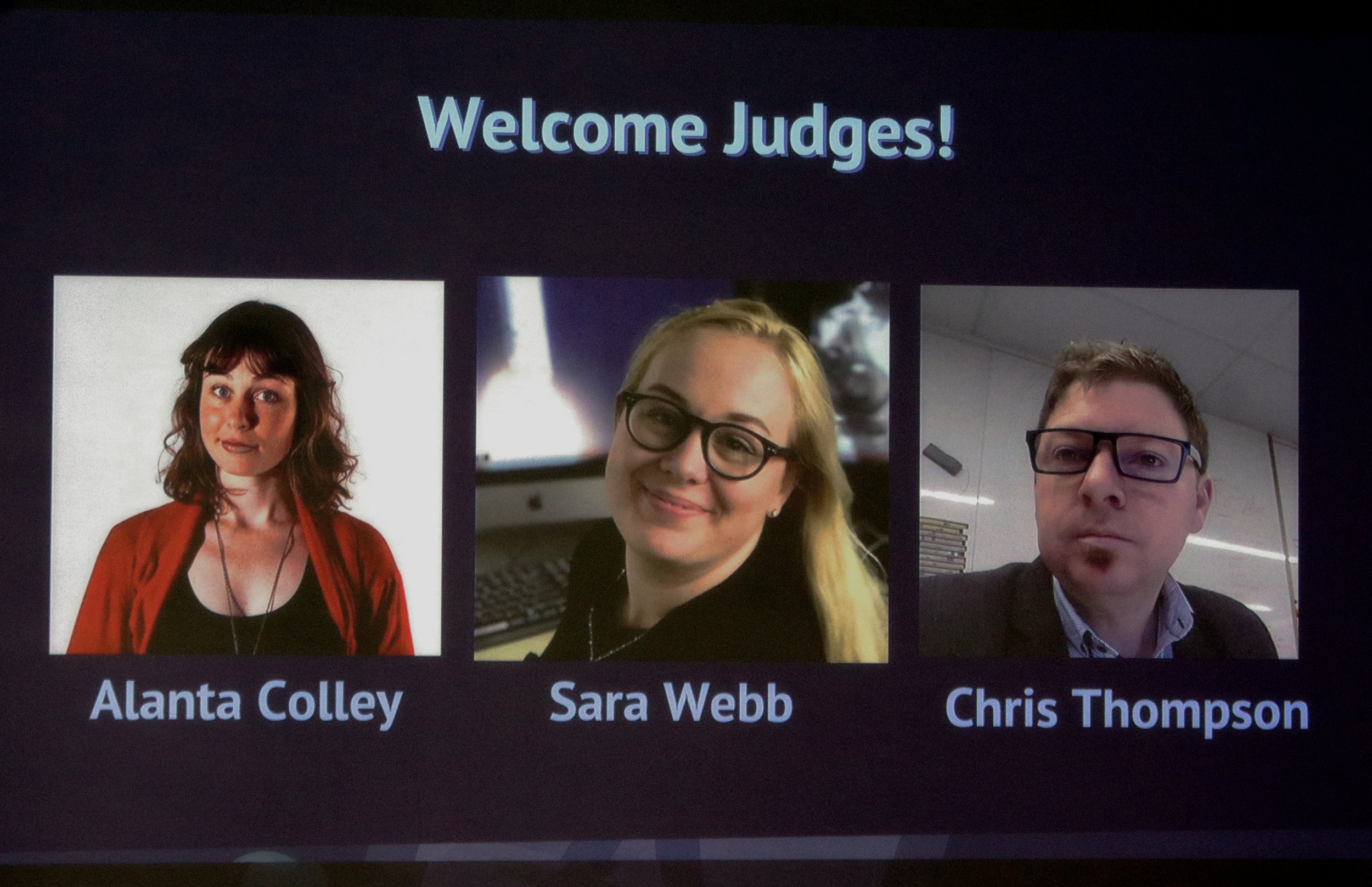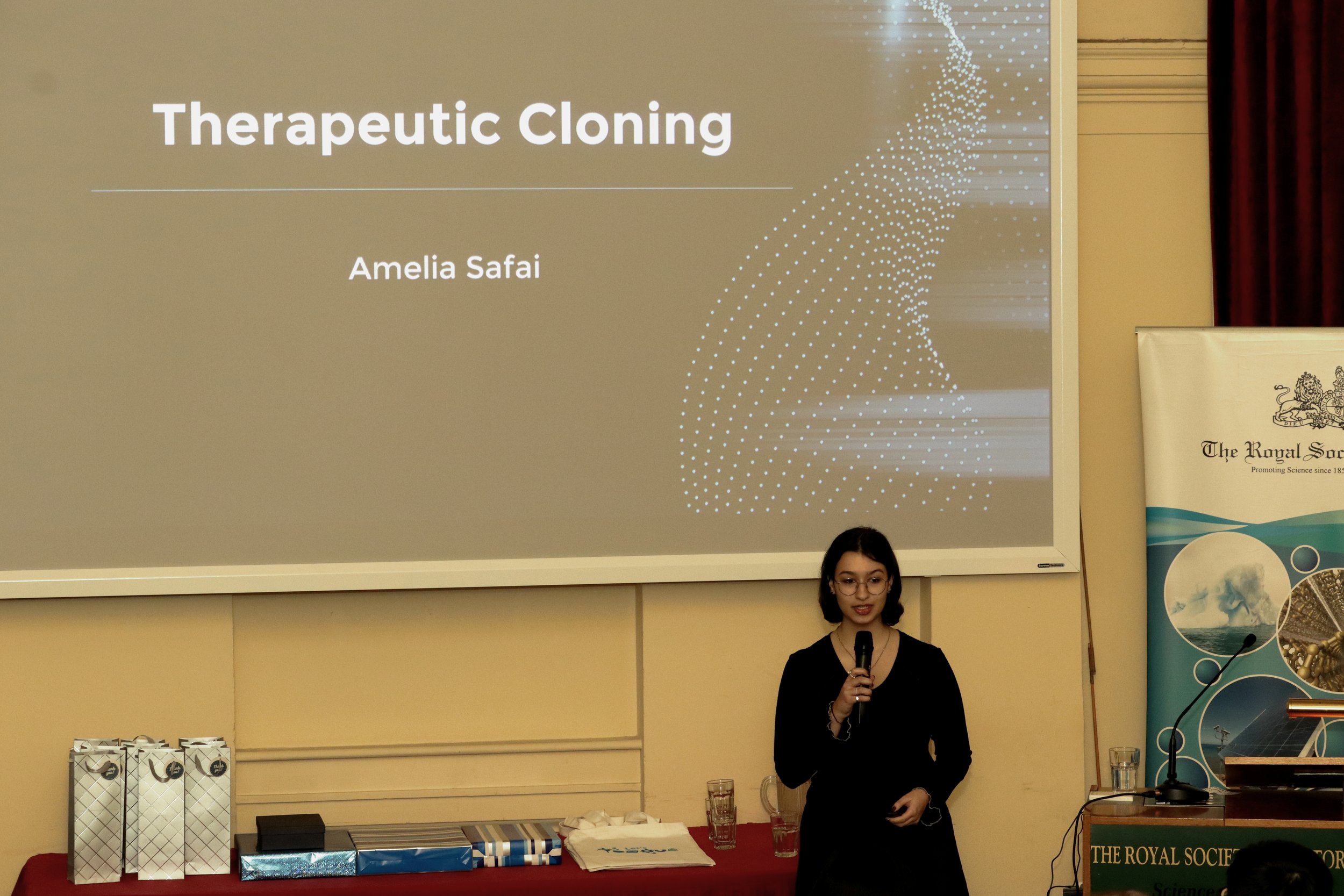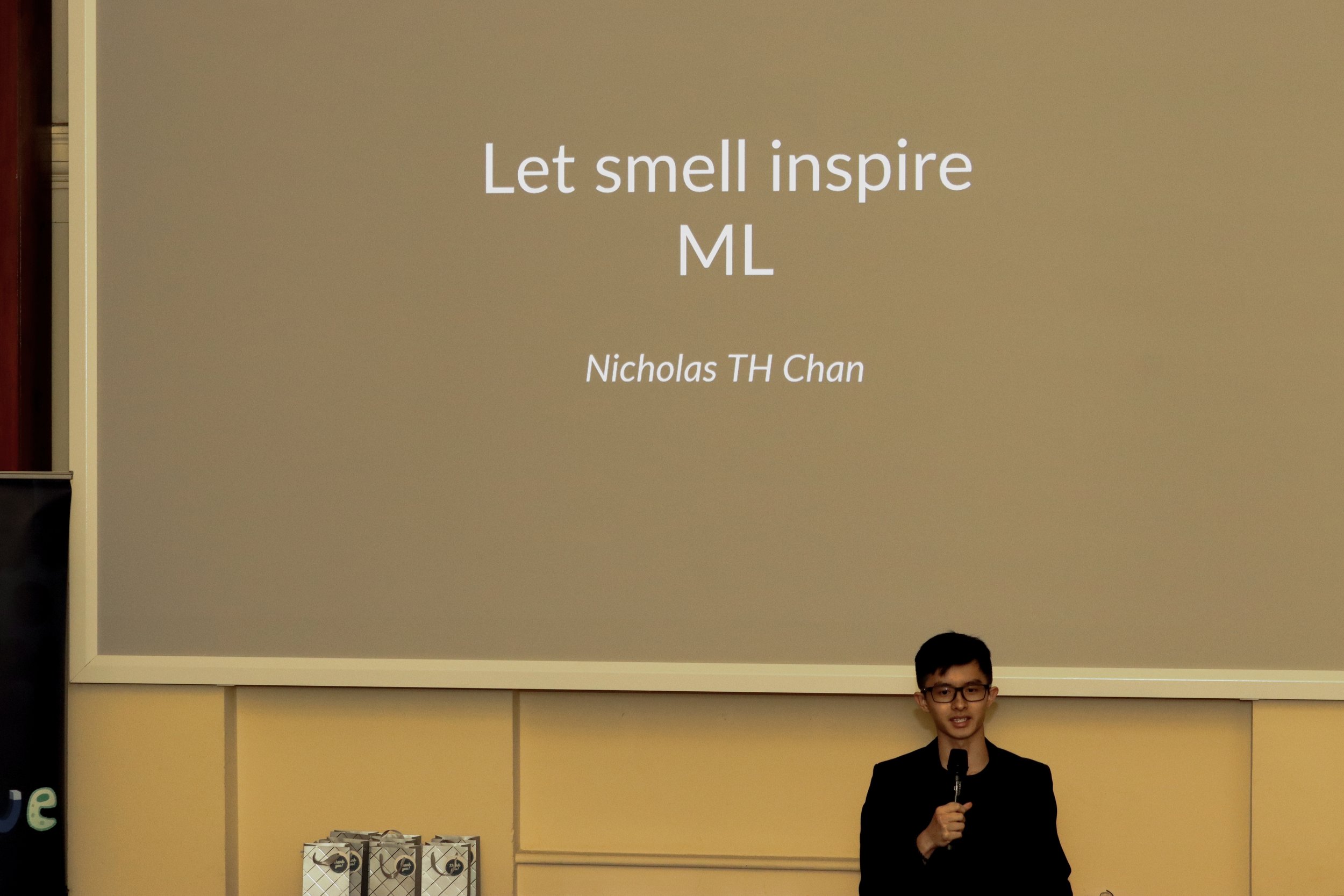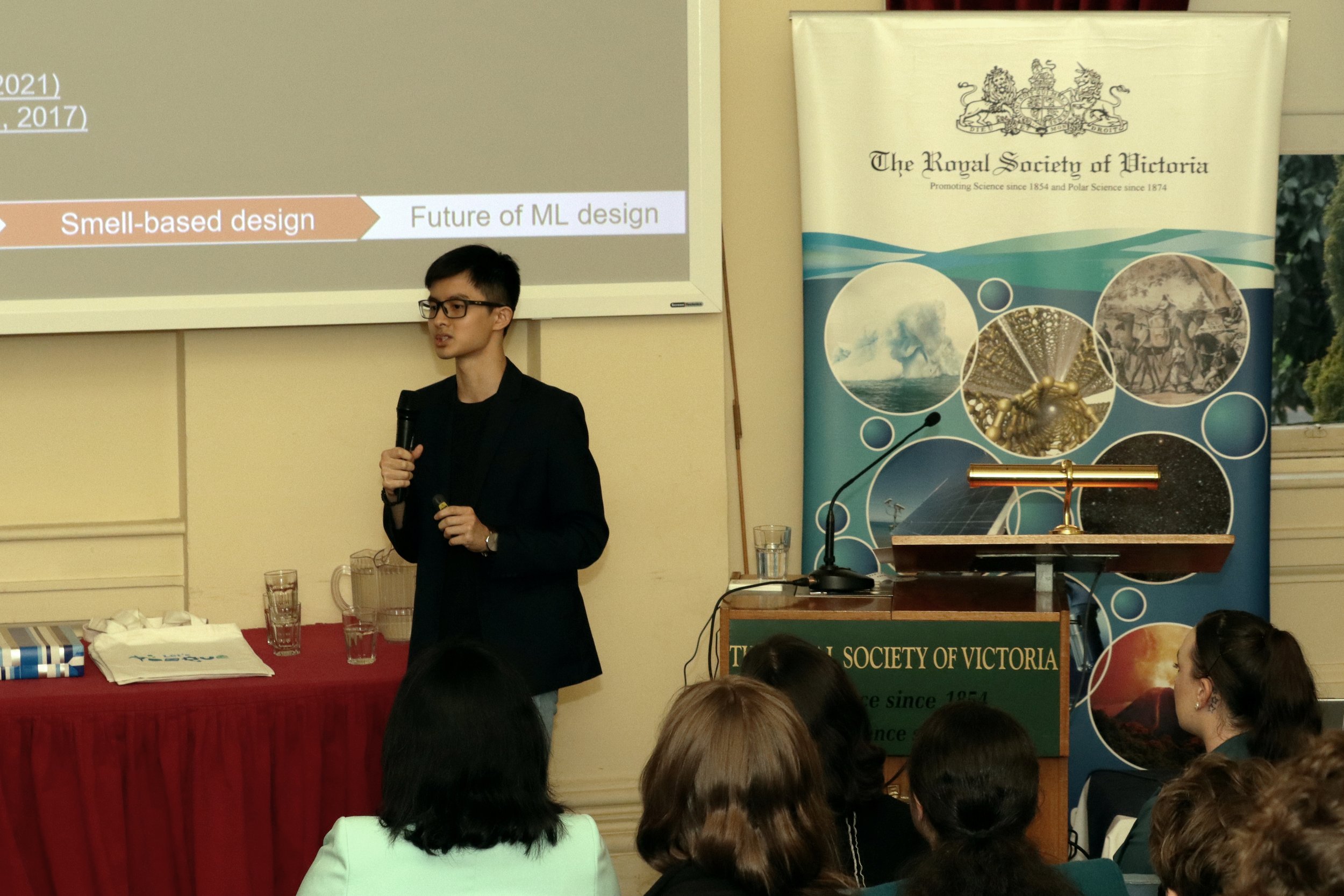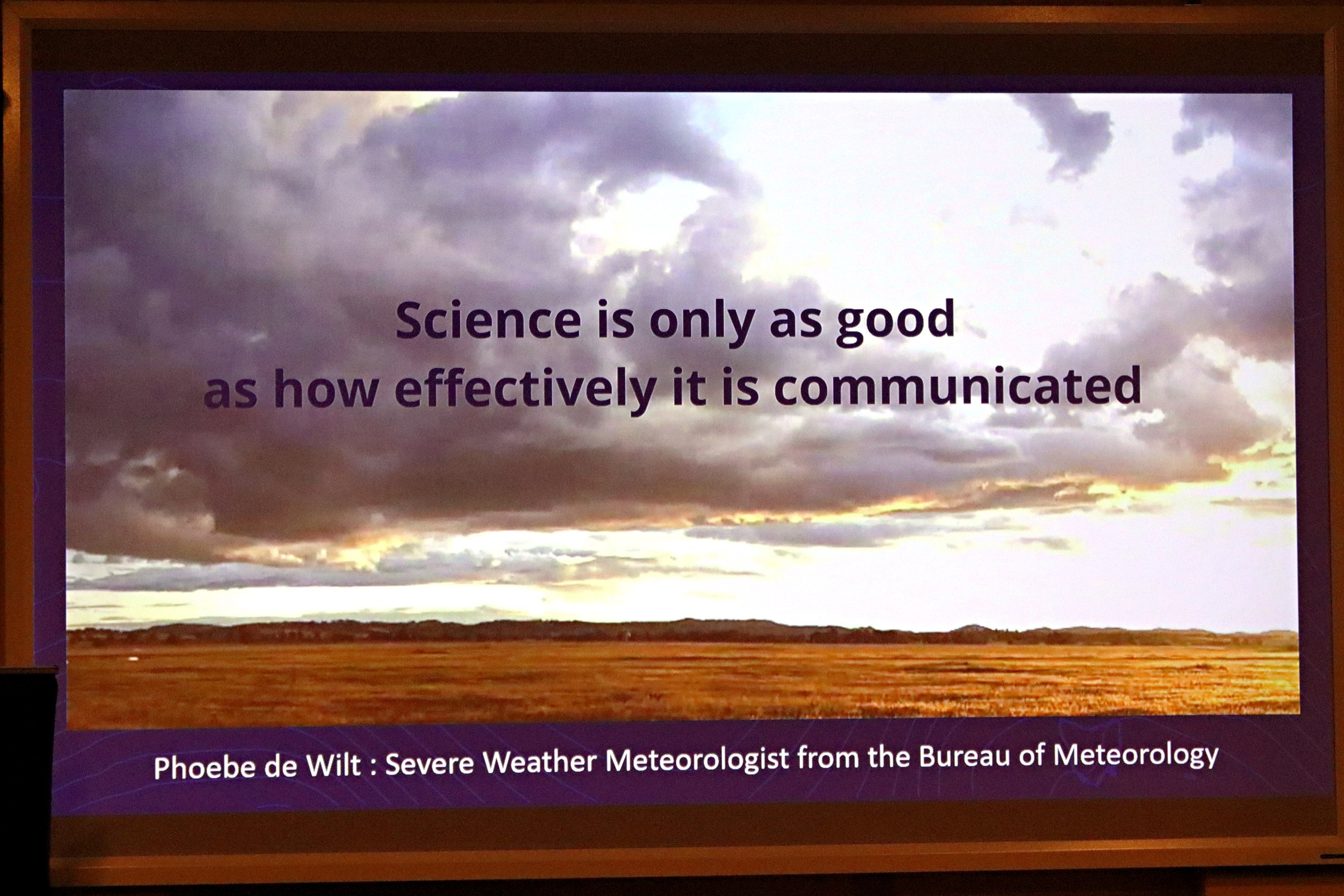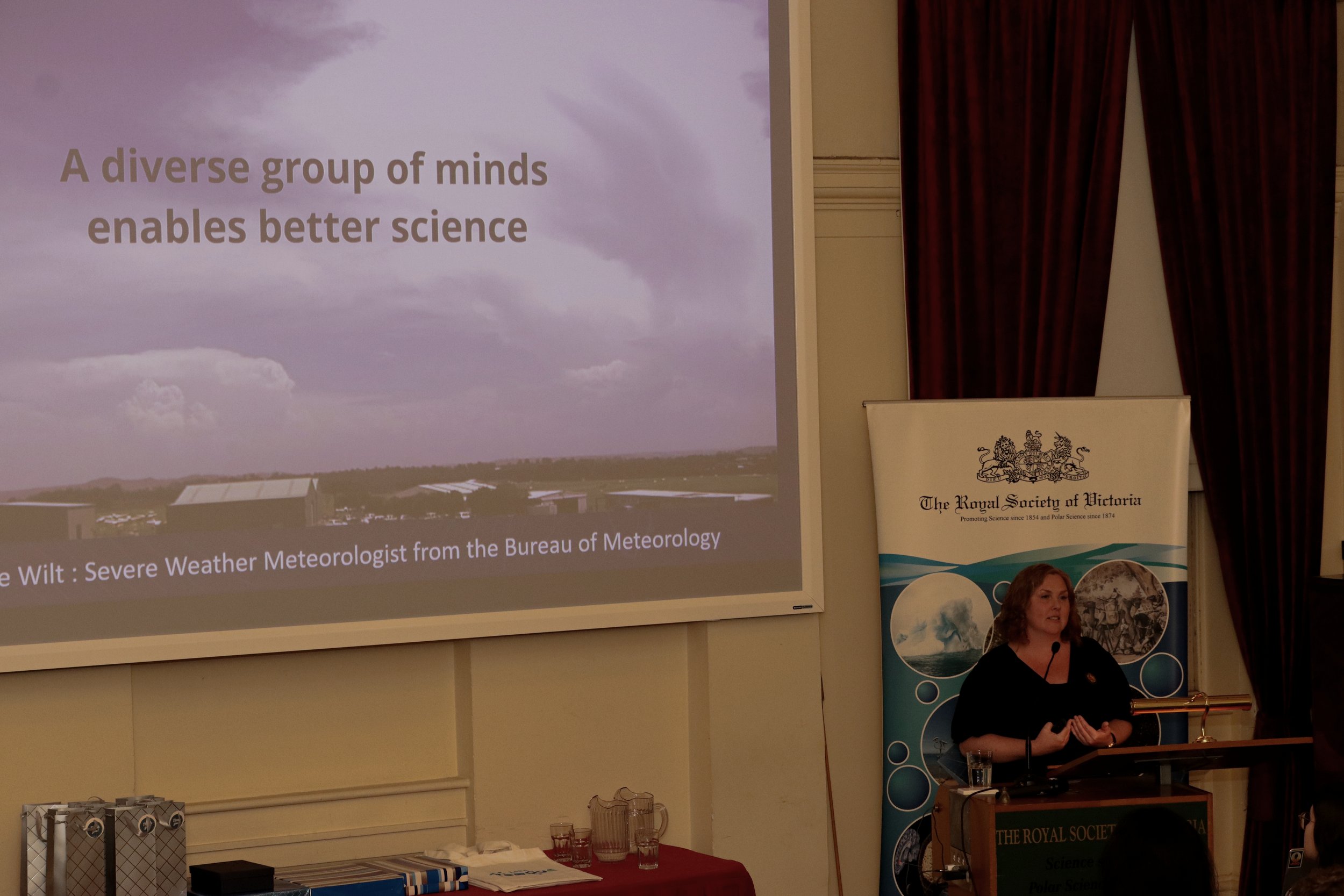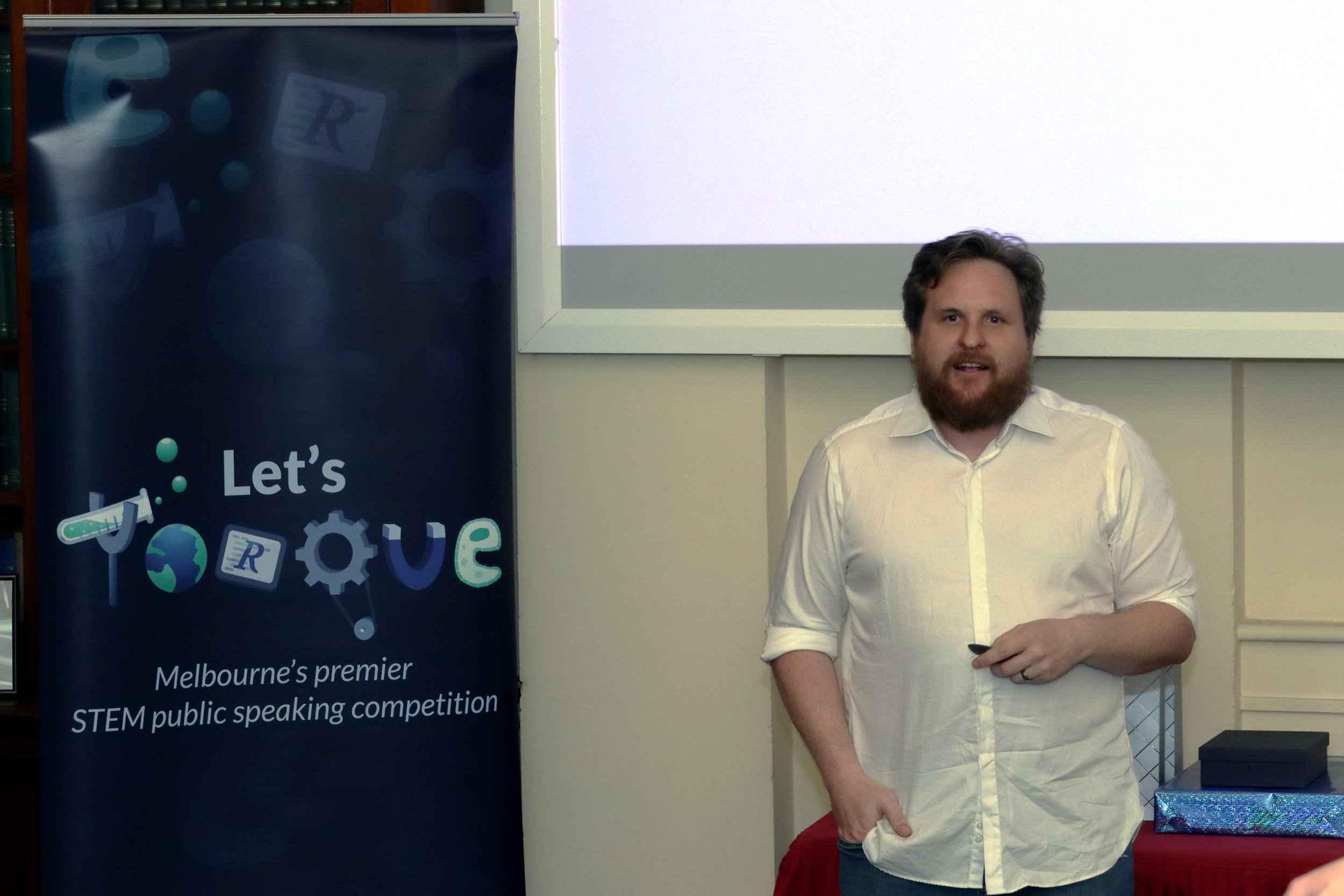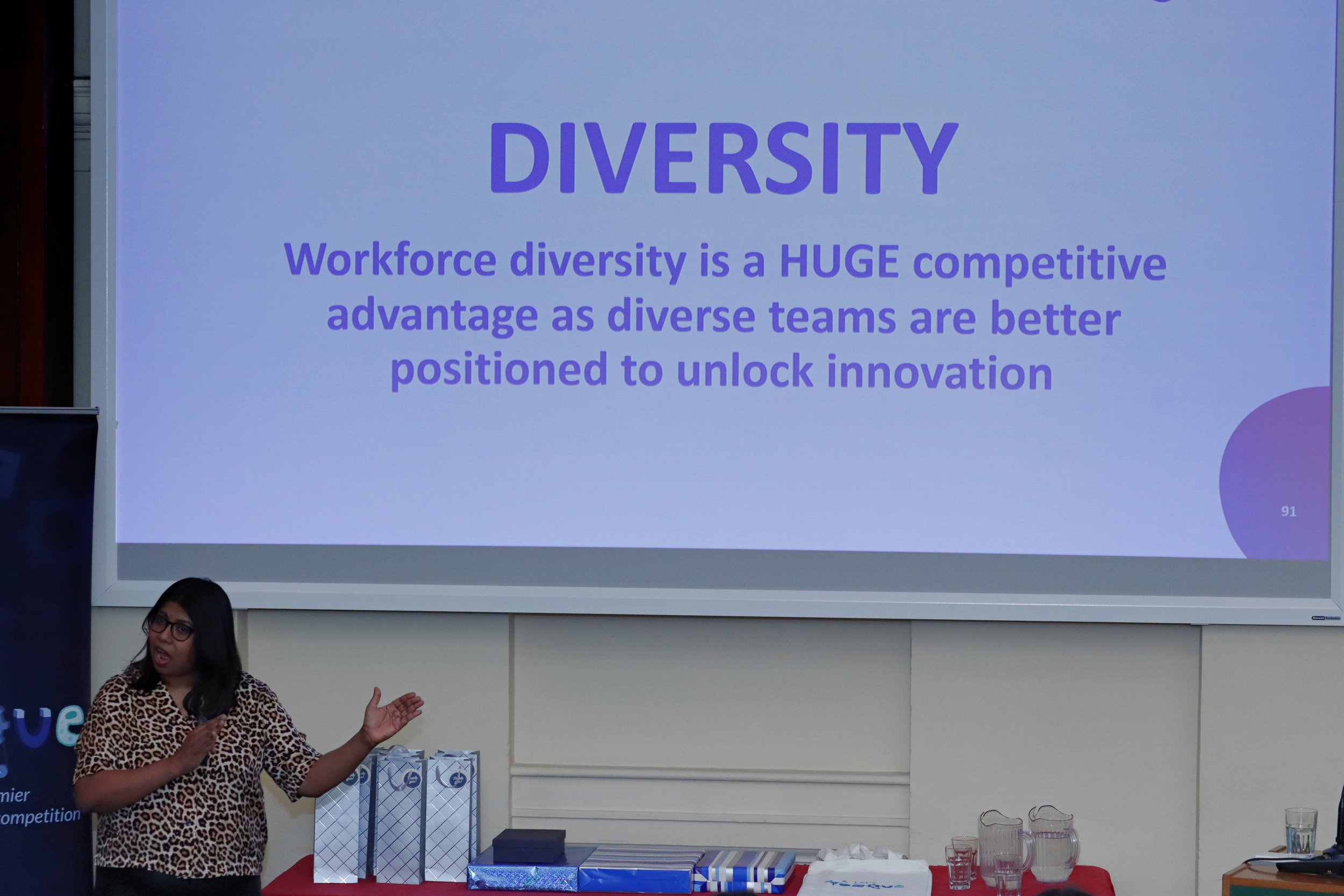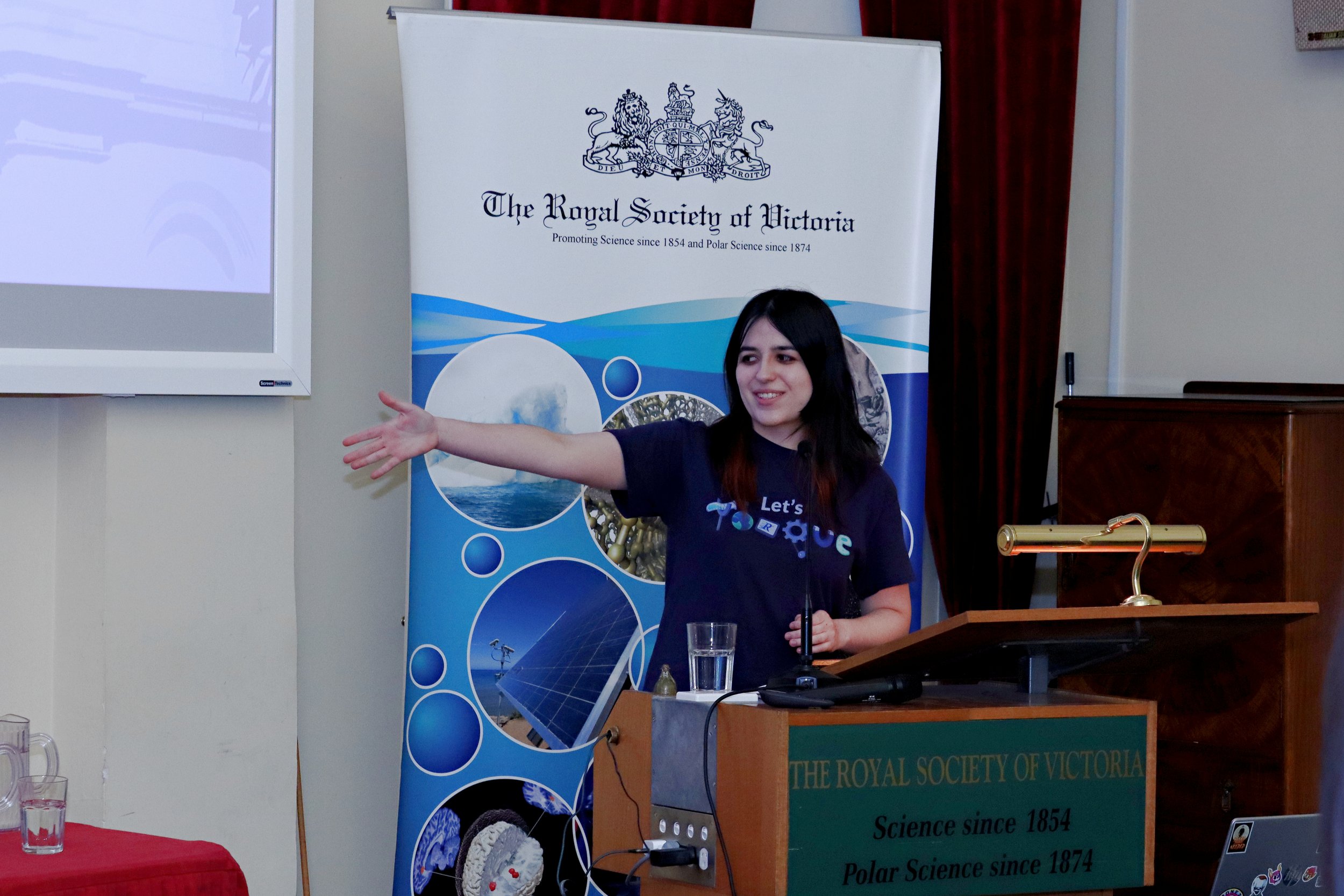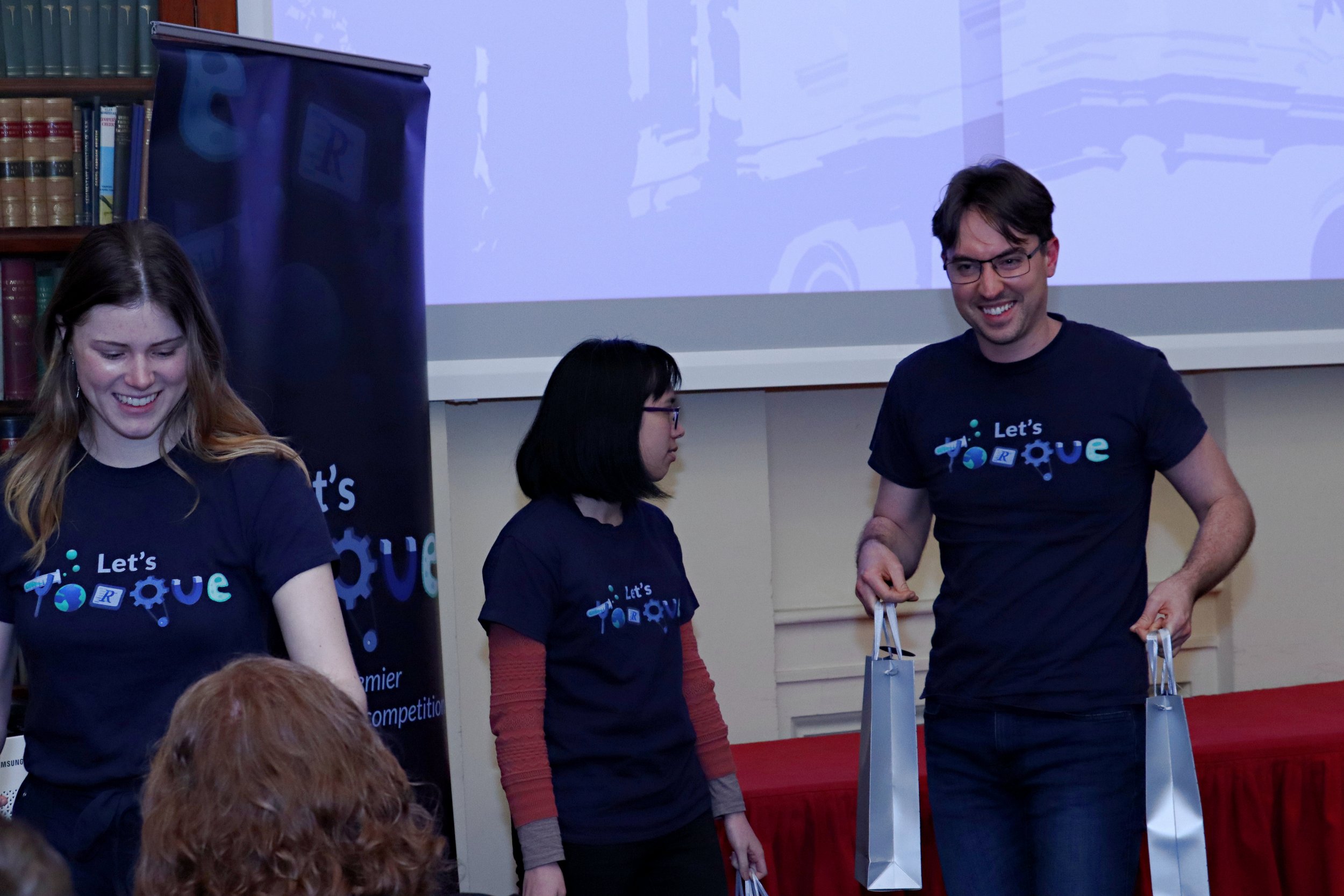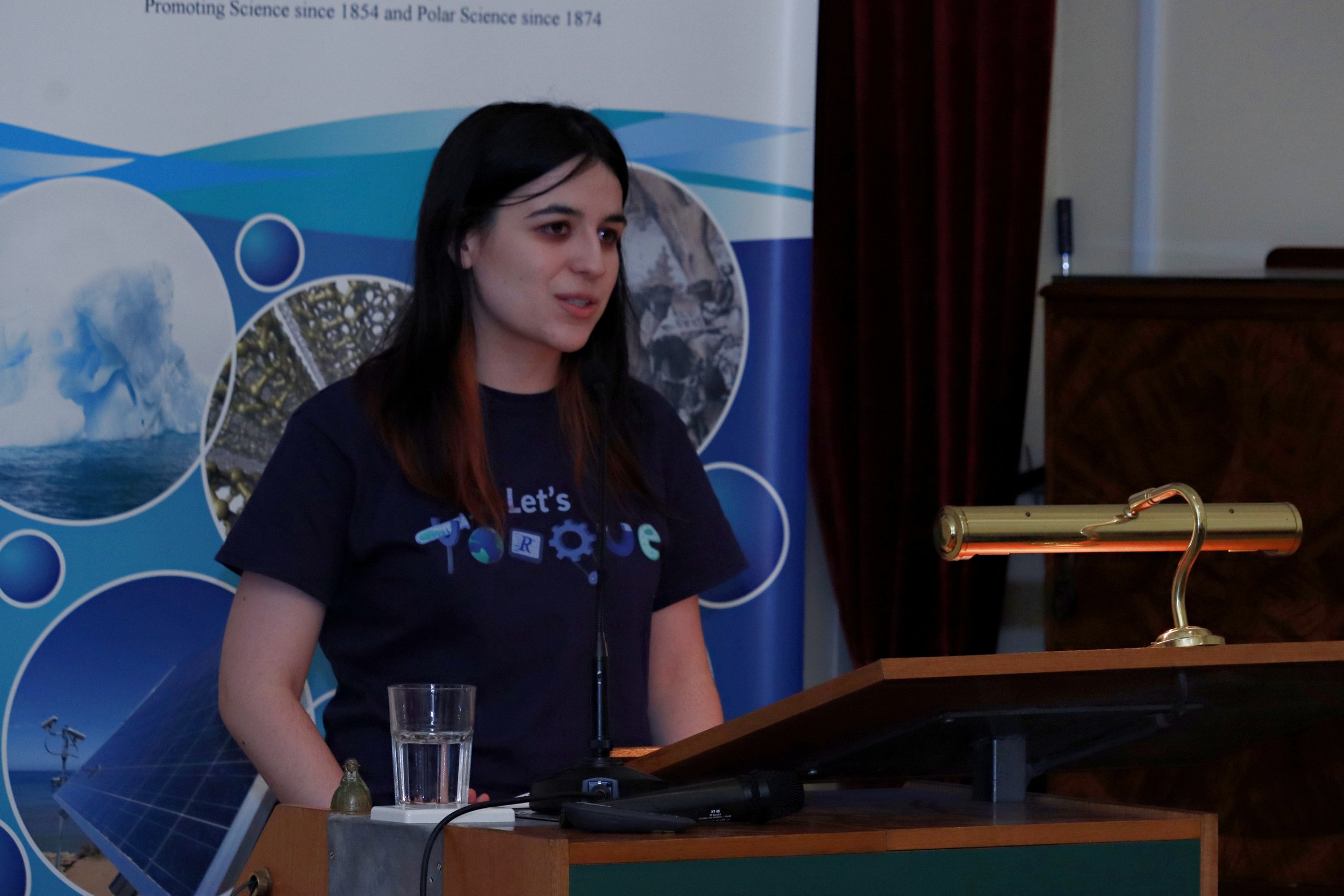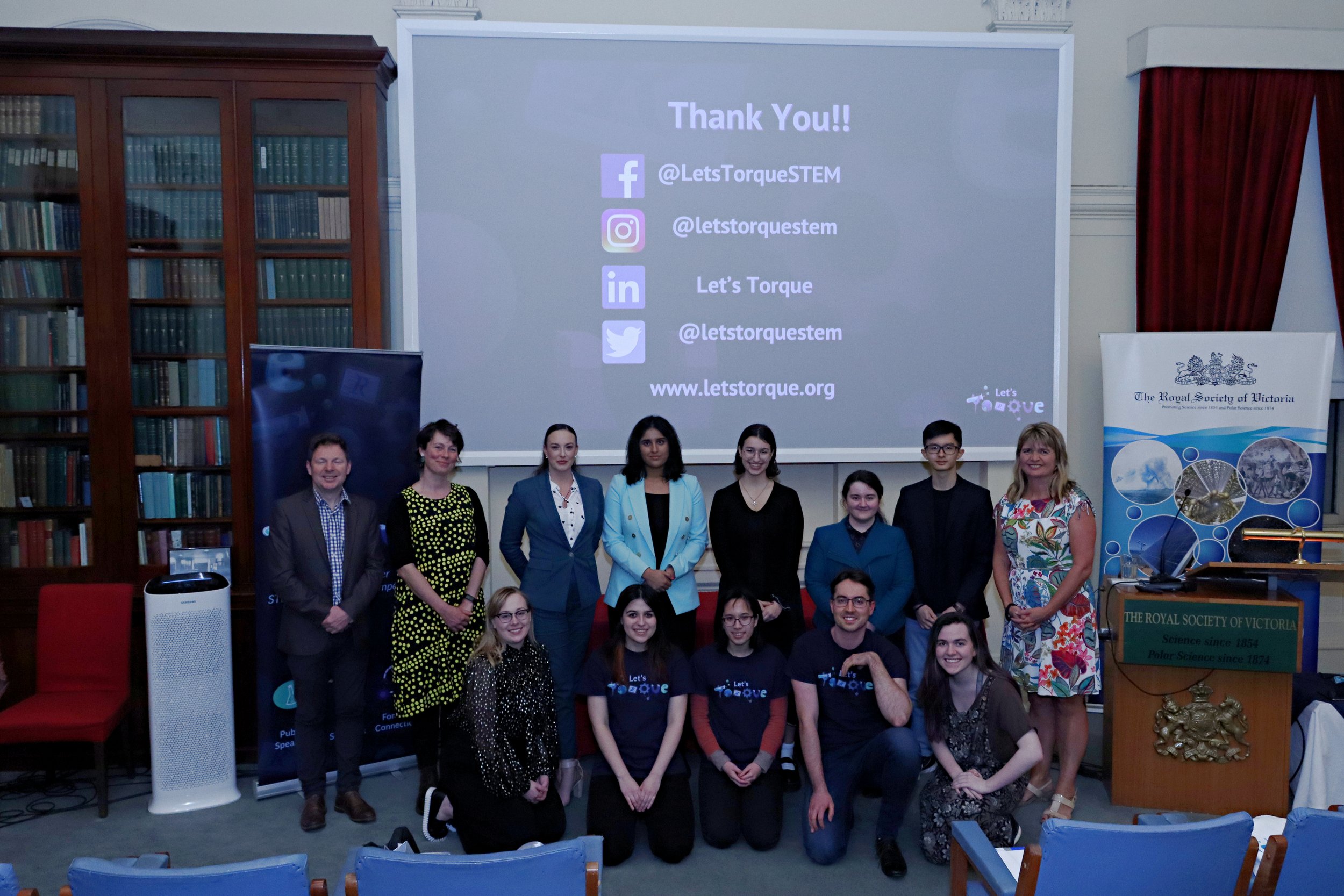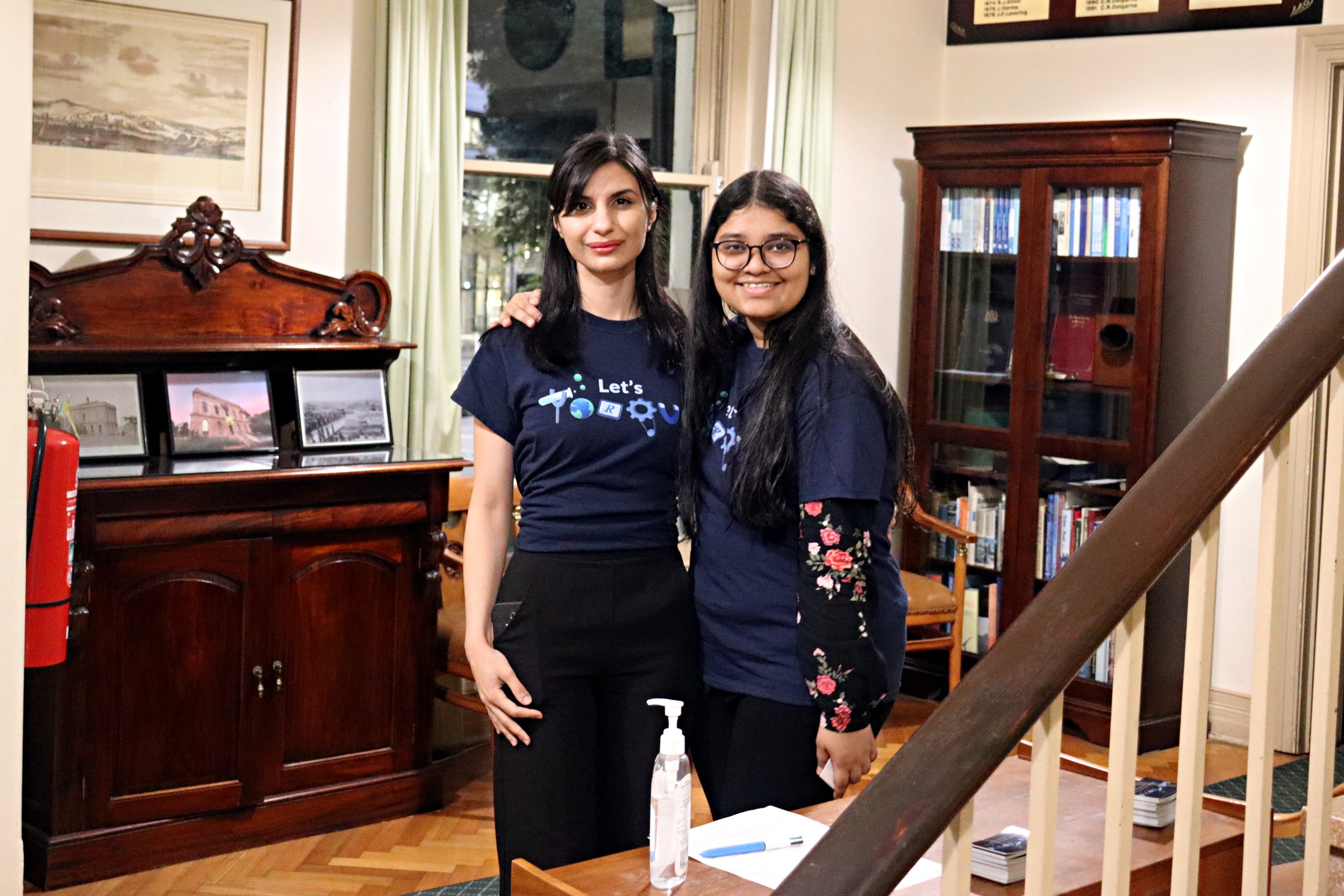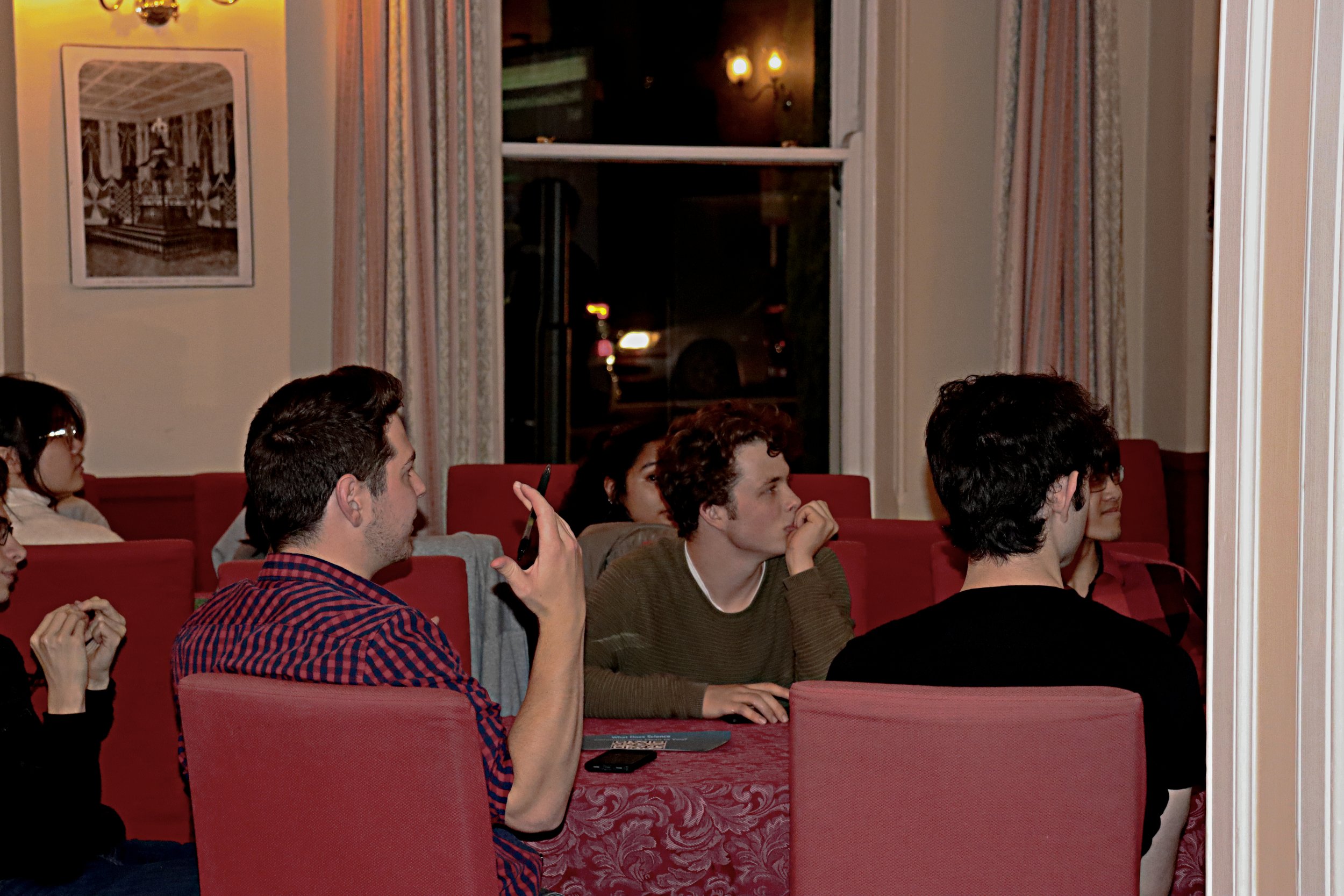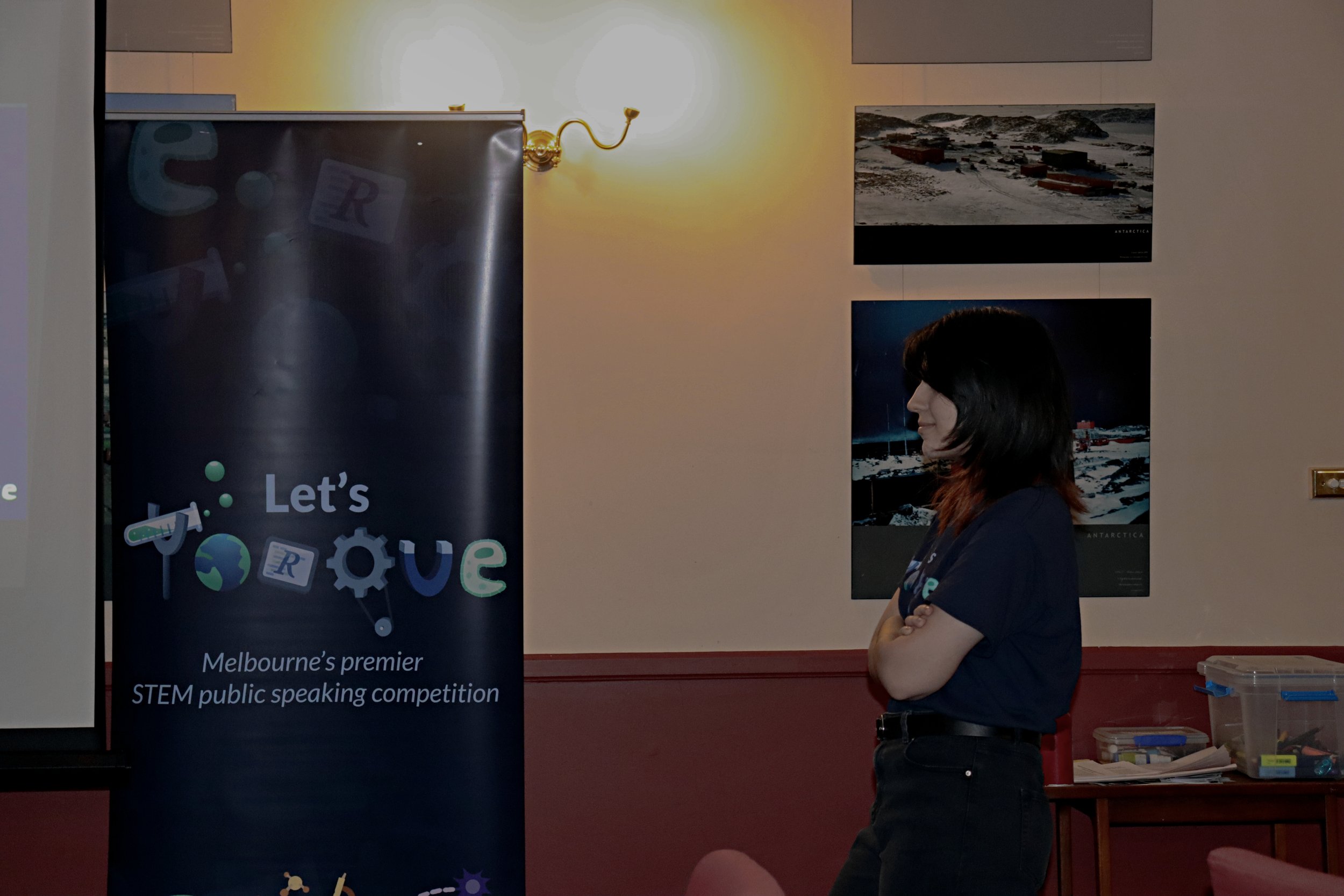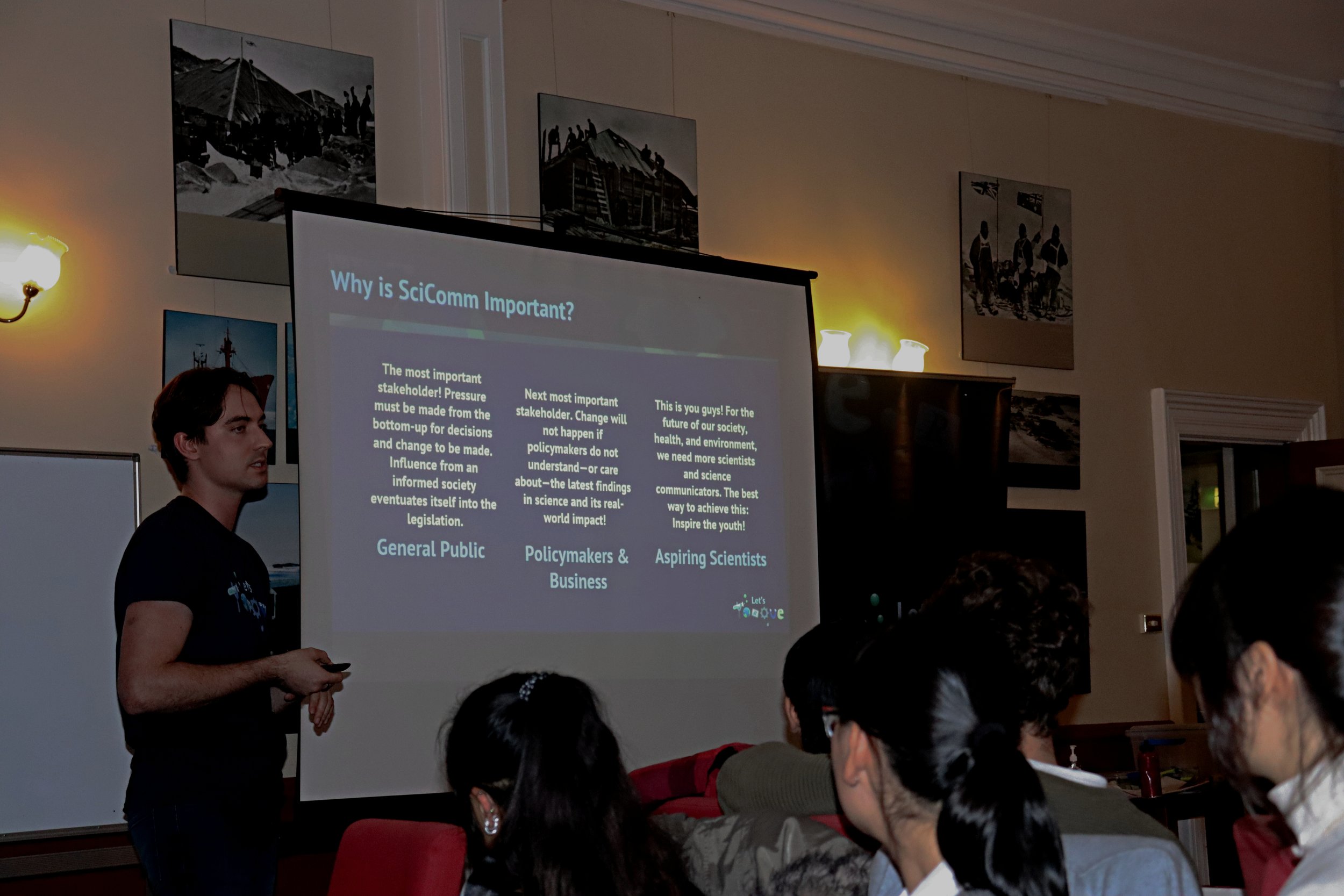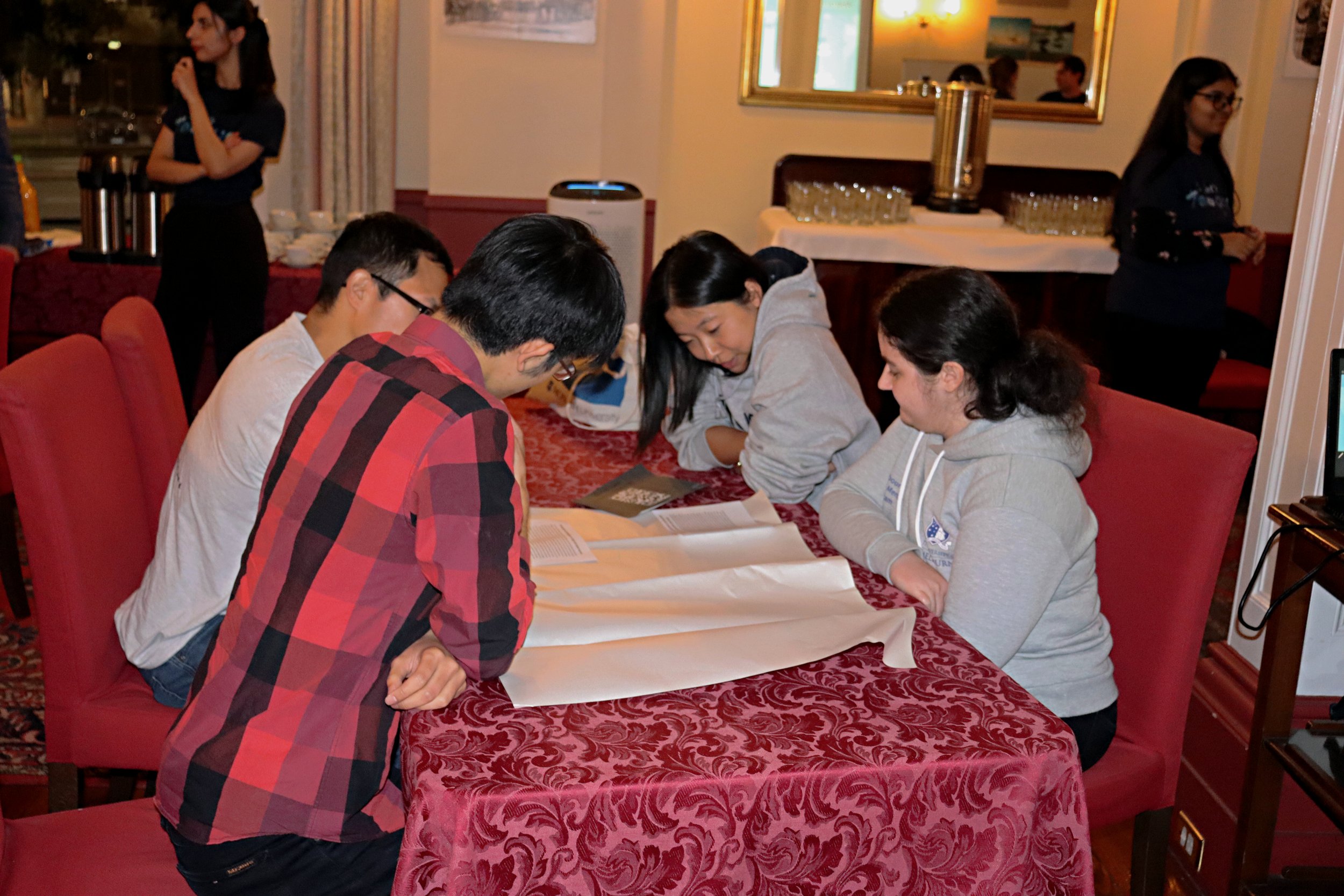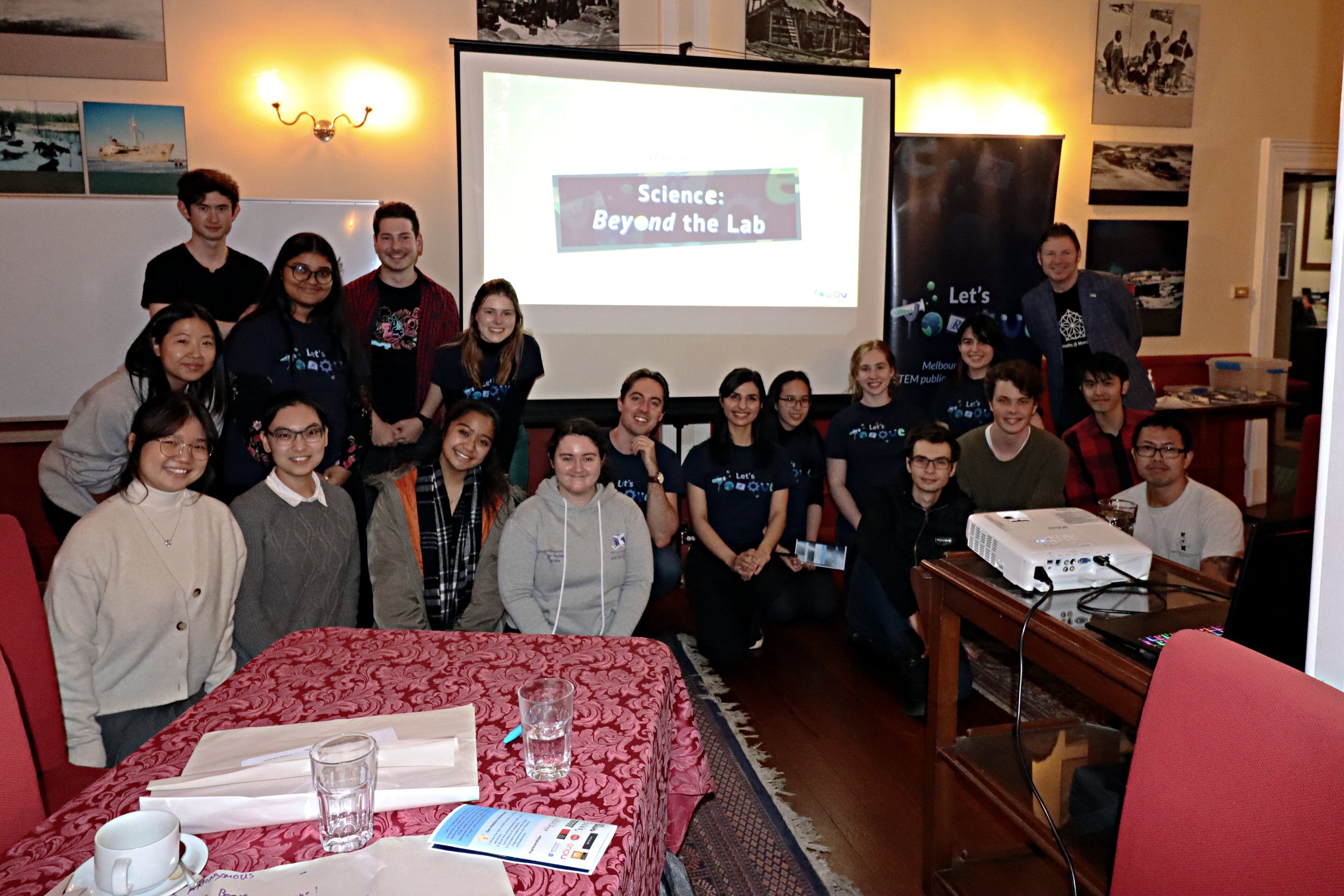Competition is the catalyst but collaboration is what produces real change.
In the study of history there is an old, and somewhat misleading term, known as the ‘the Great Man in History’. Suggesting that the course of history is determined by the actions of one ‘great’ person, this theory from the 19th century sparks much debate amongst academics.
Take for example, a criticism from one of the founders of the science of sociology, Herbert Spencer:
"You must admit that the genesis of a great man depends on the long series of complex influences ... Before he can remake his society, his society must make him."
Indeed sociology, science of knowledge, or Indigenous knowledge, lends weight to the idea that science is the product of many events leading up to a great moment.
And even the ‘great’ moment can be a simple change with profound consequences. .
The Great Person Theory can be moulded to describe a view of scientific discovery - that scientific progress and the success of scientific efforts can be attributed to the discoveries of a few, great scientific minds. Alexander Fleming with the discovery of penicillin, Isaac Newton with gravity or Einstein with his theory of general relativity. It's hard to imagine where we would be, if not for their efforts, and there's nothing quite like a hero story.
But underpinning all this intelligence and grit and determination, lies centuries of foundations and hundreds of small steps that made these ground-breaking discoveries possible.
Sure, fame and acclaim are powerful motivators and one hell of a prize. But for every history-altering discovery made, there are many, many smaller, less noteworthy discoveries to get there. It begs the question, in this modern day and age, who are the real heroes of scientific discovery?
And when all the glam of success is stripped away, how do we keep the spark of curiosity alive? The thrill of the chase? And without it, what is the cost?
By mid-2022, we will all be familiar with at least one truly emblematic example – COVID-19. The power and strength of collaboration in science could not be better illustrated. Since the declaration of an outbreak in late 2019, hundreds and thousands of virologists, microbiologists and immunologists were handed a new project, often at the detriment to already existing projects.
From its initial outbreak to the first vaccine approval in just over a year, it leaves the previous record for fastest vaccine development in the dust – 4 years for the mumps vaccine [1]. And that’s not even to mention the average timeframe for vaccines which is in the range of up to 10 years.
As truly amazing of a feat the COVID vaccine is, examples of scientific collaboration are littered throughout history. The Human Genome Project was one of the largest collaborative research projects in history, with over 3000 researchers involved in the consortium shared authorship, across 13 years all over the world [2]. Similarly, the mission to eradicate polio, establish the International Space Station and the International Rice Research Institute are all global scientific endeavours to generate real, tangible change.
The world came together and recognised these issues as global concerns and were able to act without the financial or labour restraints that so often prevent other projects from having the impact that young bright-eyed scientists imagine.
As uplifting as these projects are, they serve as a reminder of the rarity of these profound, life-changing scientific endeavours. It’s not just the sheer number of people and amount of time needed.
The thousands of scientific minds all working with a single goal is a large part of the tremendousness of the outcomes, on an international scale. But obstacles to this process include the cost and lack of attention from mainstream media. Like two sides of a coin, the flip side is that under this paradigm, only "popular" or "relevant" issues get addressed to the extent that this appreciable change can be made. Or at least within a time frame that those currently suffering can reap the benefits.
Large part of this is due to the seeming perpetuity of the drug development process, in which drugs often take at least 10 years to journey from pre-clinical trials to the marketplace.
Then, with the involvement of investors, the profit motive becomes even more apparent. In a 2020 publication by SOMO, an independent centre researching the multinational corporations, found that despite payouts to stakeholders of some of the largest pharmaceutical companies, increasing from 88% to 123% in 20 years, there was still a disproportionate increase in drug prices.
Argentinian economist Cecilia Rikap recently compared scientific co-publication and patent co-ownership and identified ‘a subordination of the universities, public research organisations and start-ups that have a fundamental role in the former, but an almost negligible participation in the latter’.
Science is messy. Science is complicated. Science is multidisciplinary. With personal agendas, profit motive pressures, lengthy testing and approval procedures, and diverse epidemiologies of countless diseases, there will unfortunately always be issues. But there will always be heroes. Unsung heroes, who work tirelessly behind the scenes, without whom this progress could never be achieved.
It makes me, an overly idealistic, naïve (and certainly self-aware) 20-something year old, wonder what scientific progress could be made in a world without the financial burden of research and stakeholders, the quest for esteem and with nothing more than a burning passion to better the world. Maybe there is no “right way” of doing science. The motivation that comes with the glory of making a ground-breaking discovery balanced against the strength that comes from being a part of a larger group.
Certainly, that is too much to ask of this world, and probably always will be. But I will never stop wondering.
References
[1] Cohen S. The fastest vaccine in history [Internet]. UCLA Health. 2020 [cited 27 May 2022]. Available from: https://connect.uclahealth.org/2020/12/10/the-fastest-vaccine-in-history/
[2] Chial H. DNA Sequencing Technologies Key to the Human Genome Project. Scitable by Nature Education [Internet]. 2008 [cited 27 May 2022];. Available from: https://www.nature.com/scitable/topicpage/dna-sequencing-technologies-key-to-the-human-828/
[3] Fernandez, R. and Klinge, T. (2020). The financialisation of Big Pharma. [Internet] Stichting Onderzoek Multinationale Ondernemingen SOMO [cited 30 Jan. 2021] Available at: https://www.somo.nl/wp-content/uploads/2020/04/Rapport-The-financialisation-of-Big-Pharma-def.pdf
